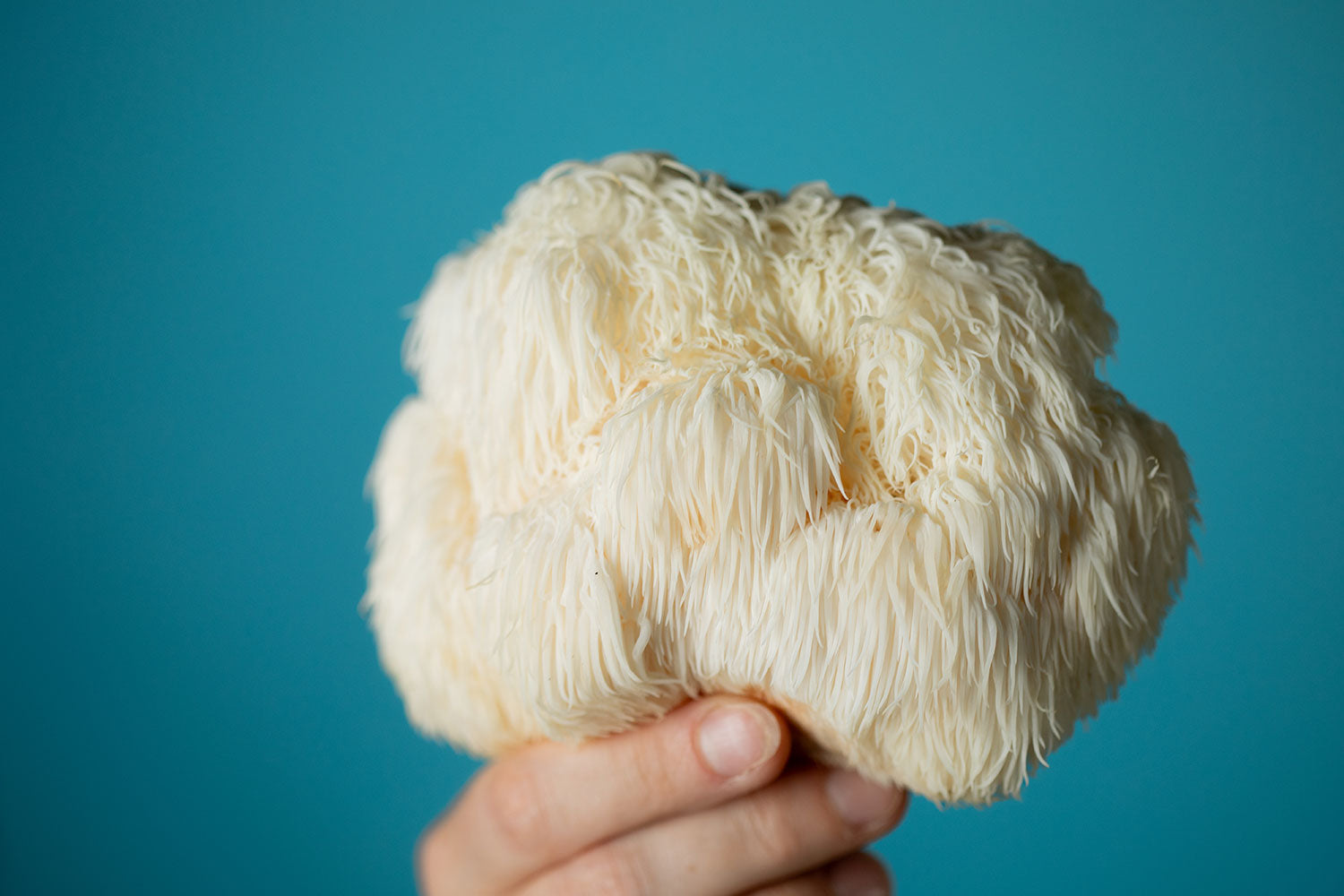Mushroom learning Center
Explore now

Best Sellers



Best Sellers



6 minute read
Mushrooms have long fascinated people with their bizarre shapes, vivid colors, and mysterious origins. But beyond their captivating appearance, mushrooms have a hidden world that is equally intriguing - their anatomy. Understanding the intricate structures of a mushroom can deepen our appreciation for these fungal wonders. In this comprehensive guide, we will dive into the world of mushroom anatomy, exploring the various parts that comprise these fascinating organisms.
Let's start by exploring the basics of mushroom anatomy. Mushrooms are a type of fungus, part of the Fungi kingdom. They are distinct from plants and animals, though all are living organisms. A key feature of fungi is their role in decomposing organic material.
Mushrooms differ from plants in that they lack chlorophyll and can't perform photosynthesis. Instead, they feed by breaking down dead organic matter, like fallen leaves or decaying wood. This feeding process is crucial for nutrient cycling and ecosystem health.
Understanding mushroom anatomy is key for identifying species and appreciating their ecological roles. By learning about their unique structures and functions, we deepen our understanding of fungi and their importance in ecosystem balance.
Every mushroom is built using a similar blueprint. It consists of three main parts:
While the cap, stem, and gills are the most recognizable parts of a mushroom, they all come together to form the fruiting body—the visible part of the fungus that emerges from the substrate. The fruiting body is crucial for the reproduction of the fungus, as it is responsible for producing and dispersing spores.
The fruiting body is a complex structure that varies significantly across different mushroom species. In some species, the fruiting body is large and conspicuous, such as in the case of the well-known button mushroom or the impressive chanterelle. In others, it might be smaller or hidden, as seen in truffle-producing fungi.
This structure not only aids in reproduction but also serves as a protective vessel for the spores until they are ready to be released into the environment. Environmental factors such as humidity, temperature, and light influence the development and maturation of the fruiting body, making it a fascinating subject of study for mycologists.
Including a detailed examination of the fruiting body in your content can help deepen the understanding of mushroom biology and highlight the complex life cycle of fungi.
The mushroom cap is not just a pretty exterior; it serves a crucial role in protecting the delicate structures beneath it. The cap is often made up of several layers, including an outer layer called the cuticle, which provides protection against dehydration and physical damage.
Beneath the cuticle, we find the cap's flesh, which consists of densely packed hyphae. These hyphae are thread-like structures that form the foundation of the mushroom and are responsible for nutrient absorption and distribution.
The mushroom cap is often the most distinctive and recognizable part of the fungus, but its structure is more complex than it appears at first glance. The cap can vary widely in shape, texture, and internal structure, each adaptation serving a specific function in the mushroom's life cycle.
This detailed analysis of the mushroom cap adds depth to the understanding of mushroom anatomy, highlighting the intricate features that contribute to the mushroom's ability to thrive in its environment.
While the stem's primary function is to provide support for the cap, it is not merely a hollow tube. Inside the stem, a dense network of hyphae ensures the transport of nutrients and water throughout the mushroom's body.
Additionally, mushrooms possess an intricate system of cells within the stem that allows for the regulation of water content. They can absorb and release water as needed, enabling them to adapt to changing environmental conditions.
One of the most fascinating parts of mushroom anatomy is the gills or lamellae. These thin, blade-like structures radiate from the stem and are responsible for producing and housing the mushroom's spores.
Spores are tiny reproductive units that are essential for the continuation of the mushroom species. They are released into the air from the gills and can travel vast distances before landing in a suitable environment to germinate.
Although not immediately visible, mycelium plays a vital role in the life of a mushroom. Mycelium consists of a network of branching hyphae that extends beneath the ground or within the substrate the mushroom grows on.
This extensive network of hyphae acts as the mushroom's lifeline, absorbing nutrients and water from the surrounding environment. Mycelium also serves as a communication network, allowing mushrooms to share information and resources with other organisms.
Hyphae are the building blocks of a mushroom and are responsible for the growth and expansion of the fungus. These tiny thread-like structures intertwine and form mycelium, which can span vast areas underground or within the substrate.
Hyphae have a remarkable ability to break down complex organic compounds into simpler forms that the mushroom can absorb. This process not only provides nutrients for the fungus but also contributes to the decomposition of organic matter, enriching the soil.
Mushrooms have evolved a wide range of adaptations to adapt to their specific environments. Some mushrooms have developed symbiotic relationships with plants, forming mycorrhizae, which help enhance nutrient uptake for both the fungus and the plant.
Other mushrooms have developed unique structures, such as stinkhorns or puffballs, which aid in spore dispersal. These adaptations ensure that mushrooms can thrive in diverse habitats and contribute to the functioning of ecosystems.
Now that we have explored the fascinating world of mushroom anatomy, let's reflect on the broader significance of mushrooms in ecosystems. Mushrooms play a critical role in nutrient cycling and decomposition, breaking down organic matter and returning valuable nutrients to the soil.
Furthermore, mushrooms provide food and habitat for numerous organisms, including insects, birds, and mammals. They also contribute to the formation of healthy soil, promoting plant growth and overall ecosystem resilience.
By understanding the intricate structures and functions of mushrooms, we can develop a deeper appreciation for these remarkable organisms and their vital ecological roles. So, the next time you stumble upon a mushroom, take a moment to marvel at its hidden world of anatomy.
All comments are moderated before being published.
This site is protected by hCaptcha and the hCaptcha Privacy Policy and Terms of Service apply.